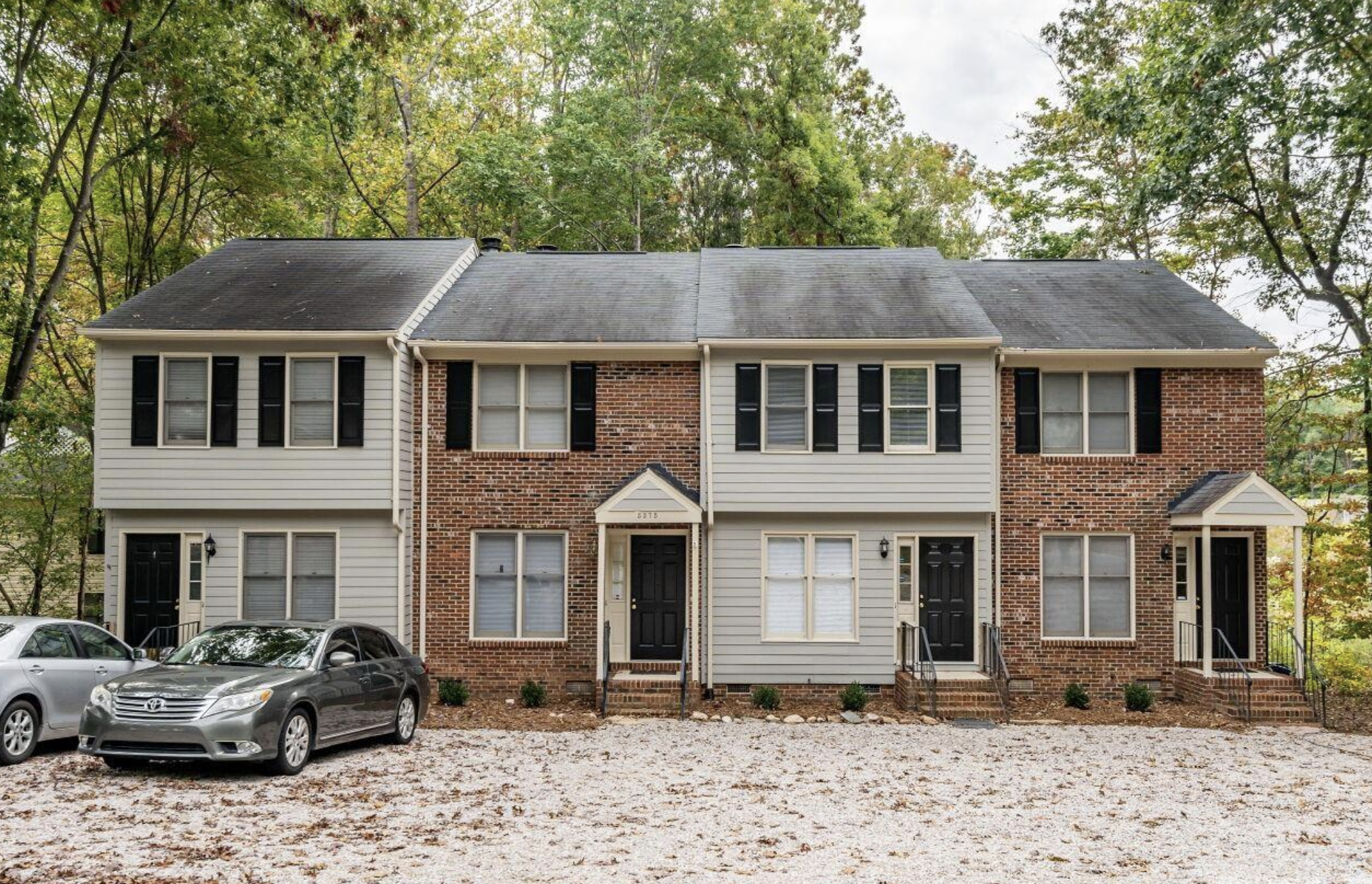Investing in multi-family properties has become an increasingly popular choice for real estate investors seeking to diversify their portfolios and generate consistent rental income. The decision to invest in multi-family properties is often influenced by a variety of factors, including economic growth, job opportunities, affordability, and rental demand. In this comprehensive guide, we will explore some of the best states to buy multi family properties, taking into consideration key indicators and factors that contribute to a successful investment.
Texas

Texas consistently ranks high on the list of attractive states for real estate investment, particularly in the multi-family sector. Cities like Austin, Dallas, and Houston have experienced rapid population growth, driven by a robust job market, favorable business environment, and a diverse economy. The state’s pro-business policies and lack of state income tax also make it an appealing destination for both investors and residents. With a strong demand for rental housing and a positive economic outlook, Texas offers promising opportunities for multi-family property investors.
Florida
Florida’s multi-family real estate market benefits from a combination of factors, including a booming tourism industry, a growing population, and a favorable climate. Cities like Miami, Orlando, and Tampa attract both tourists and long-term residents, creating a consistent demand for rental properties. Additionally, Florida’s lack of state income tax, coupled with its strong job growth and economic diversity, contribute to its reputation as a prime destination for real estate investors.
North Carolina

North Carolina has emerged as an attractive state for multifamily property investment due to its robust job market, educated workforce, and quality of life. Cities such as Raleigh, Charlotte, and Durham are experiencing rapid population growth, driven by the presence of major universities, tech companies, and research institutions. This growth has led to increased demand for rental housing, making North Carolina a favorable market for multi-family property investors.
Tennessee
Tennessee’s multi-family real estate market benefits from a combination of factors, including a business-friendly environment, a growing job market, and a lower cost of living compared to many other states. Nashville, in particular, has gained attention for its vibrant music scene and thriving economy. With a diverse array of industries and a steady influx of new residents, Tennessee offers investors the opportunity to tap into a strong rental market.
Georgia

Georgia’s multi-family real estate market benefits from its strategic location, diverse economy, and growing population. Atlanta, the state’s capital, is a hub for business and culture, attracting a mix of young professionals and families. The city’s job growth, affordable housing options, and robust rental demand make it an appealing destination for multi-family property investors.
Arizona
The state of Arizona offers a unique blend of economic growth, lifestyle amenities, and natural beauty that attracts both residents and investors. Cities like Phoenix and Tucson have experienced population growth and job expansion, driving demand for rental properties. Additionally, Arizona’s affordable cost of living and positive economic outlook make it a compelling choice for multi-family property investment.
Colorado

Colorado’s multi-family real estate market benefits from its diverse economy, outdoor recreational opportunities, and a strong job market. Cities like Denver and Boulder have seen significant population growth, fueled by a tech boom and a young, educated workforce. The state’s commitment to sustainability and quality of life further contribute to its appeal for both renters and investors.
Nevada
Nevada, particularly Las Vegas, offers unique opportunities for multi-family property investors. The state’s tourism industry, business-friendly environment, and lack of state income tax have contributed to its popularity among residents and investors alike. With a growing job market and a consistent influx of visitors, Nevada presents a dynamic market for multi-family property investment.
Mistakes to Avoid
Investing in multi-family properties can be a lucrative endeavor, providing a steady stream of rental income and potential for long-term appreciation. However, it’s essential to approach this venture with careful consideration and preparation to avoid common pitfalls. In this guide, we’ll walk you through the mistakes to avoid, costs involved, questions to ask from dealers, the purchasing process, what to expect, and a thoughtful conclusion to help you make informed decisions in your multi-family property investment journey.
Skipping Due Diligence

Failing to conduct thorough due diligence on a multi-family property can lead to unforeseen issues. Neglecting property inspections, tenant history, and financial records may result in costly surprises down the road.
Ignoring Location
Overlooking the importance of a property’s location can impact its rental demand and potential for appreciation. Research the neighborhood’s amenities, job market, and growth prospects.
Underestimating Costs
Underestimating ongoing expenses such as maintenance, repairs, property management, and vacancies can disrupt your cash flow projections.
Overpaying
Not accurately valuing a property based on market comparables and potential income can lead to overpaying and reducing your return on investment.
Costs Involved

Investing in multi-family properties comes with various costs:
- Purchase Price: The initial cost to acquire the property.
- Down Payment: A percentage of the purchase price paid upfront.
- Closing Costs: Fees associated with the property transaction, including title insurance, appraisals, and legal fees.
- Renovation and Repairs: Costs to make necessary improvements and repairs to the property.
- Property Management: If you hire a property management company, expect management fees.
- Maintenance and Upkeep: Ongoing expenses to maintain the property’s condition.
The Purchasing Process
- Pre-Approval: Get pre-approved for a mortgage to establish your budget and strengthen your negotiating position.
- Property Search: Explore multi-family properties that align with your investment goals and criteria.
- Due Diligence: Conduct thorough inspections, review financial records, and verify tenant history to assess the property’s viability.
- Negotiation: Engage in negotiations with the seller to agree on purchase price, terms, and conditions.
- Under Contract: Once both parties agree, the property enters a contractual agreement, usually contingent on certain conditions being met.
- Closing: Finalize the transaction by completing necessary paperwork, transferring funds, and officially taking ownership.
What to Expect

- Rental Income: Multi-family properties offer a consistent source of rental income, contributing to your cash flow.
- Management Responsibility: Depending on your involvement, you may manage the property or delegate tasks to a property management company.
- Maintenance: Regular maintenance and repairs are essential to preserve the property’s value and appeal to tenants.
- Tenant Management: Handling tenant relations, lease agreements, and responding to inquiries is a crucial aspect of property ownership.
- Cash Flow Analysis: Regularly assess your property’s cash flow to ensure your investment remains profitable and sustainable.
Conclusion
Choosing the right state for multi-family property investment is a strategic decision that requires careful consideration of various economic and market factors. While the states mentioned above are among the best options based on their current economic indicators, population growth, and rental demand, it’s important to conduct thorough research and due diligence before making an investment decision.
Each state has its unique strengths and challenges, and understanding the local real estate market is essential for a successful multi-family property investment journey. Whether you’re drawn to the business-friendly environment of Texas, the vibrant culture of Florida, or the tech-driven growth of North Carolina, aligning your investment goals with the strengths of a particular state will position you for success in the multi-family real estate market.



